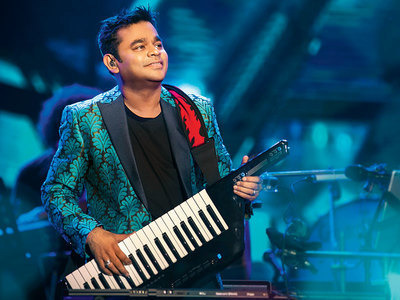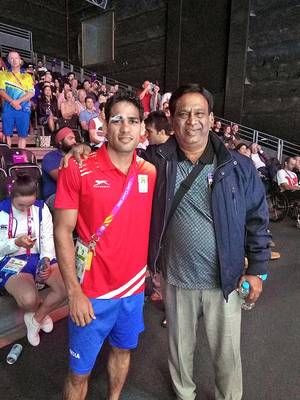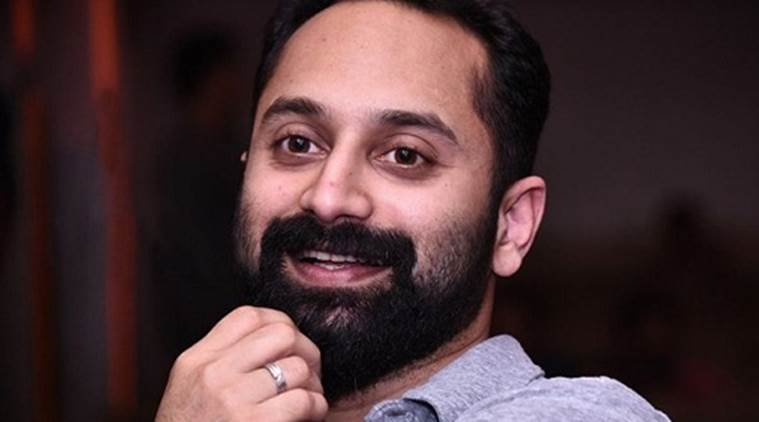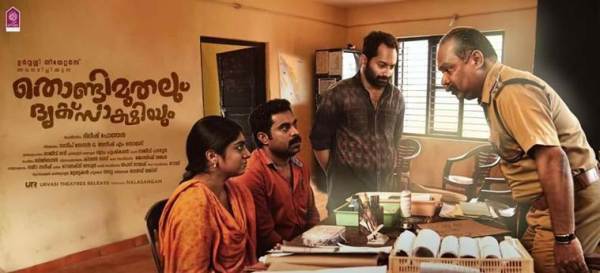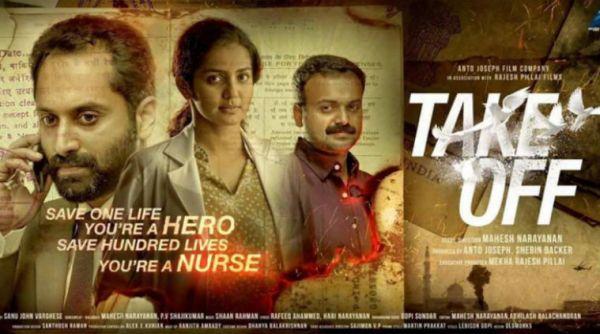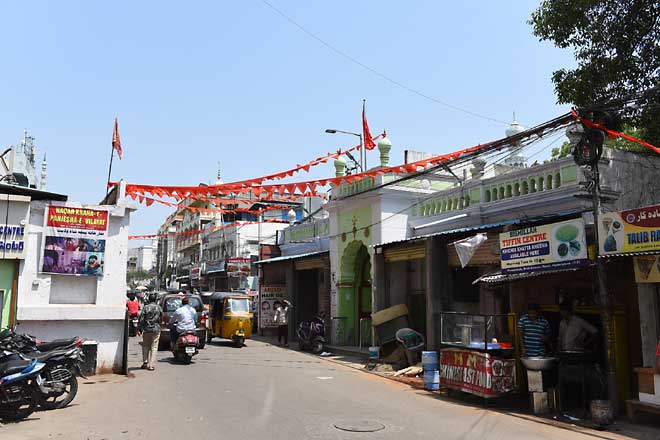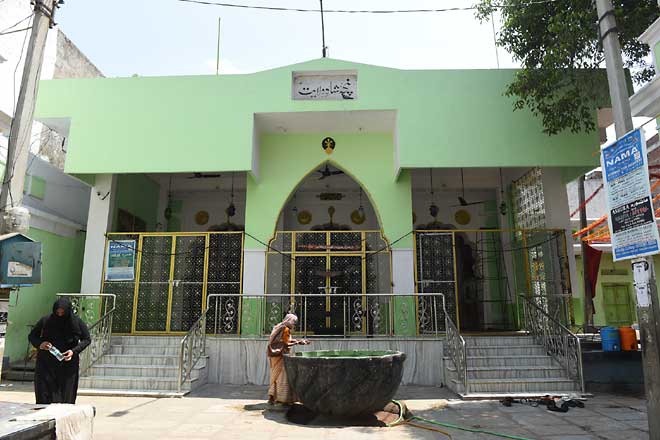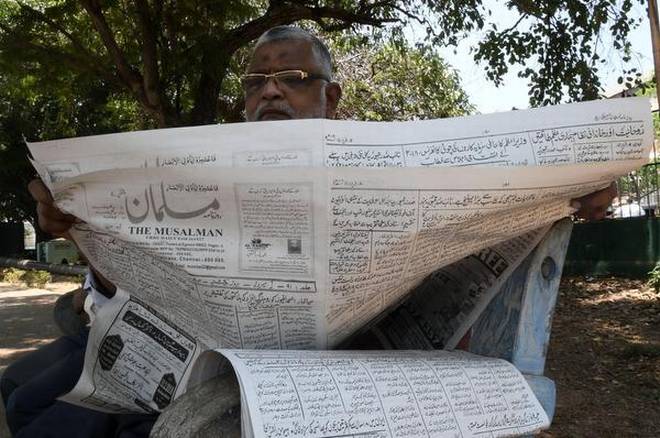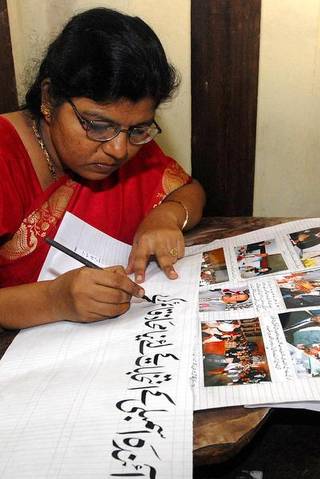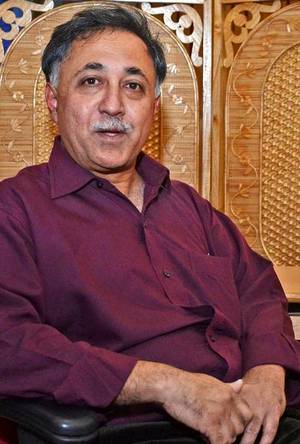Away from the violence and din surrounding the release of Padmaavat, a nearly 200-year-old copy of Malik Muhammad Jayasi’s 16th-century epic poem, on which the film is based, sits in the library of the Jamia Nizamia Islamic seminary here.
Records at the Jamia, which is itself a 140-year-old institution, show that the book was copied in 1239 Hijiri (Islamic calendar), which corresponds to 1823 CE.
The title finds a place in the library alongside over 2,500 books and rare manuscripts, one of which — on Islamic jurisprudence — is 700 years old.
‘Padmaavat’ review: an insipid love letter to Rajputs
In the poem, the Sufi Jayasi speaks of Padmavati, princess of Sinhaldweep in Sri Lanka, and Ratansen, the King of Chittor. After hearing of the princess’ beauty from Hiraman, a parrot, the king, who is already married to Nagmati, embarks on an arduous journey to Sinhaldweep, and later marries the princess.
But there is a twist: Devpal, another king, too, has heard of Padmavati’s unmatched beauty and covets her. A battle ensues between the two kings. Meanwhile, a banished courtier seeking vengeance tells Alauddin Khilji of Padmavati and he marches to Chittor. But upon his arrival, he sees that the princess has committed jauhar.
The Jamia’s library is on the first storey in one of several buildings on its sprawling campus in the Old City. There are several cupboards and shelves which contain books, most of them handwritten, on different disciplines. One has books on tasawwuf, or Sufi mysticism, written in Farsi, others house books on Arabic grammar, and a third has books on liturgy in Urdu.
But perched on a shelf marked adab, or literature, is Padmaavat. The poem, handwritten in delicate nastaliq calligraphy on ageing paper, is contained within fine boundaries in red ink. Its 216 pages, which narrate the tale, are largely well-preserved. It has also been digitised.
The Jamia’s chief librarian of 20 years, Mohammed Fasihuddin Nizami, alumnus of the Islamic varsity, points out that the book belonged to its founder Maulana Anwarullah Farooqui.
Reverentially referring to Maulana Farooqui as Baani-e-Jamia, he says, “He was the vazeer (Minister) for the Umoor-e-Mazhabi (ecclesiastical affairs) in the Hyderabad State. He tutored the sixth Nizam Mir Mahbub Ali Khan and seventh Nizam Mir Osman Ali Khan. Once he was appointed Minister, it was realised that the Hyderabad State did not have a Jamia. The Jamia Nizamia is a result of this realisation. This copy of Padmaavat is a part of his vast collection.”
Mr. Nizami explains how the book reached Maulana Farooqui’s library. “While we do not know for how much [this copy of] Padmaavat was procured, Baani-e-Jamia was a Minister and he had the required resources at his disposal. He had men and money to procure books,” he says.
The seasoned librarian then turns to the last page of the book and reads the name of the calligrapher who painstakingly made of the copy of the original so that it could be preserved for posterity, “Az qalam Tilokchand.” From the pen of Tilokchand. Apart from using scientific methods to preserve the book, the Jamia has digitised it for scholars. Researchers have arrived here from West Asian countries and even Japan. “We cannot say that there is an increase in footfalls as the general public is unaware of its [the copy of Padmaavat] existence here. Primarily, the kutub khana is for scholars and researchers.
The book is old and needs to be preserved. We do not want to damage the manuscript by wear and tear. This is why we let scholars use the digitised version,” Mr. Nizami says.
But there is more to the poem than meets the eye. Jayasi’s work is deeply allegorical as is the nature of Sufi mysticism. Each character in Padmaavat has an implied meaning.
Speaking to The Hindu, noted historian Rana Safvi said, “The parrot is the spiritual teacher. Ratansen is the Sufi seeker. Padmavati is the wisdom which he is seeking. Nagmati, the first wife, is the material world. Ratansen brings Padmavati to his palace. There is a fight between the two wives. He tells them that they have to live together. This is the existence of the temporal and spiritual world.”
source: http://www.thehindu.com / The Hindu / Home> News> Cities> Hyderabad – Sunday Special / by Syed Mohammed / Hyderabad – January 27th, 2018
